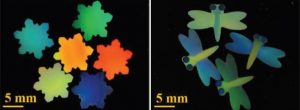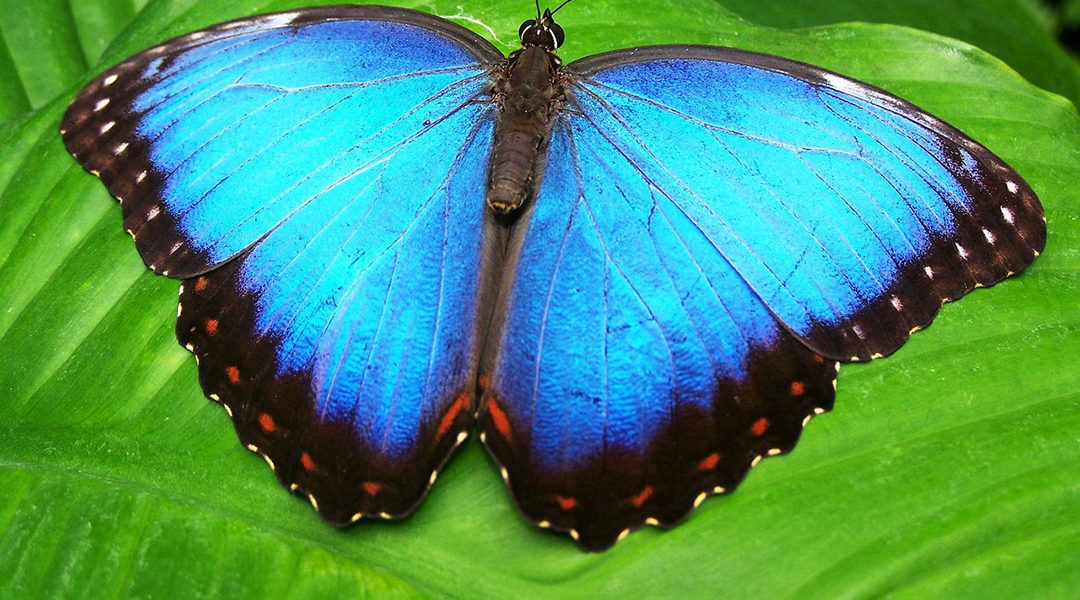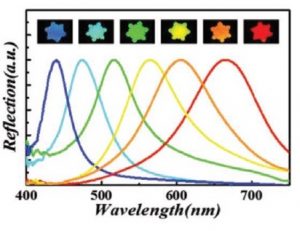Research in hydrogels are experiencing an expansion in research at the moment, with potential applications in all sorts of areas from wound healing to wearable electronics.
Researchers from the China Pharmaceutical University and Southeast University, China, have created a hydrogel that’s as flexible as it is colorful.
Structural colors are observed where light interacts with a material that has a periodic nanoscale structure, the most famous natural example being the bright blue wings of the morpho butterfly. Such structures can be implemented to achieve structural color in all manner of materials, both organic and inorganic, with clear advantages for security applications as well as displays, sensors, and wearables.
Hydrogels are versatile materials which can be used in all the above applications, as well as for the soft scaffolds needed in certain biomedical applications. For such in vivo applications, it is crucial to ensure that all the components of the system are biocompatible: using structural color removes the need for any sort of dye or pigment, reducing the number of components and therefore the number of possible unintended interactions of the body with the scaffold system, increasing its biocompatibility.
Hydrogel systems with structural color do already exist, but it has proven difficult to create materials with sufficient elasticity for practical application due to interference of the precursors with the self-assembling building blocks. The Chinese team has formed their new hydrogels from units of magnetic photonic crystals, produced from colloidal iron oxide coated in a polymer shell, and then encapsulated with silica.
Exploiting the magnetic properties imparted by the iron oxide, they coaxed the units to assemble and then combined them with an elastic acrylamide hydrogel matrix. The researchers then demonstrated how the color of their hydrogel could be tuned using an external magnetic field. By applying external magnetic fields at different distances from different parts of the pregel solution, multicolored images could be created (such as the multicolored dragonfly films in the image below).

After UV irradiation, which fixes the arrangement of the internal photonic structures, the hydrogels have bright, fully tunable colors and are super-elastic, able to be bent back and forth and stretched several times their original length.



















